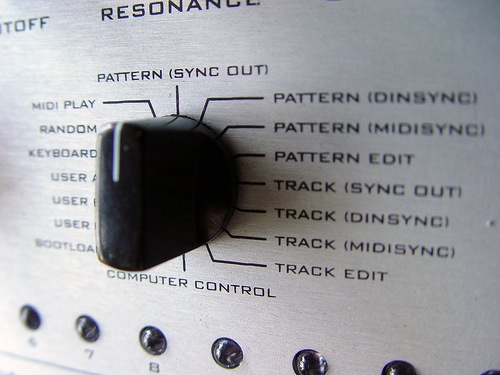 I'm working on a theme that's all about expanding our idea of listening—it's so much more than defensive monitoring, but we need to get beyond first steps. After the last post, Sam Flemming commented on the importance of distinct terms for communicating outside of the bubble, and he's right. After we expand the concept of listening, we need to break it into manageable pieces. Fortunately, the pieces will look familiar.
I'm working on a theme that's all about expanding our idea of listening—it's so much more than defensive monitoring, but we need to get beyond first steps. After the last post, Sam Flemming commented on the importance of distinct terms for communicating outside of the bubble, and he's right. After we expand the concept of listening, we need to break it into manageable pieces. Fortunately, the pieces will look familiar.
As a set of activities, listening breaks down into these five modes:
- Searching
Search is so familiar that we don't always think about it, but look at the advice on getting started in social media. That first step: find out what people are saying, where they meet—you know, the 5 Ws—when you do that as a snapshot, that's search. Don't neglect the value of familiar methods. - Monitoring
The usual starting point for a discussion of listening. Through automated methods (typically a dashboard or RSS reader), find and read new posts, comments, tweets, etc. that are relevant to your business. Focus on individual items for action. - Alerting
Similar to monitoring, but the system notifies you through email, instant messaging or text when a new item is discovered. Alerts can also be based on measurement thresholds, such as a sudden increase in negative commentary. No requirement to revisit the platform to receive alerts. - Measuring
Add a quantitative element to monitoring. Whatever your choice of metrics or measurement silo, measurement is about aggregation and numbers. For the purposes of this list, I use measurement to refer to the generation of regularly updated metrics. - Mining
Add a quantitative element to search, and you have data mining, which looks for meaningful patterns in archival data. Although it has a lot in common with measurement (as used above), I'm seeing different practices and benefits that justify separating the two.
For example, if you're doing routine measurement—you're looking at meaningful metrics on a regular basis—is there an opportunity to find different value by taking a mining approach, looking for insight in a snapshot of historical data? A slim distinction, but the point is to step back, walk around a bit, and look at the data from another angle.
Actually, lots of other angles, but more on that later.
Photo by bdu

I think this is a helpful framework and some good advice on how to approach listening. FWIW, We usually break out measuring/mining as separate categories (rather than as an element of Listening) to help demonstrate that active listening is a step in the process, as is quantitative measurement.
Thanks, Ari. That's why I want to avoid the semantics discussion—the risk is that we end up arguing the semantics while agreeing on the substance. In my usage, listening is the overarching label that incorporates many aspects, which will become clear as I share the completed model.
Agreed!